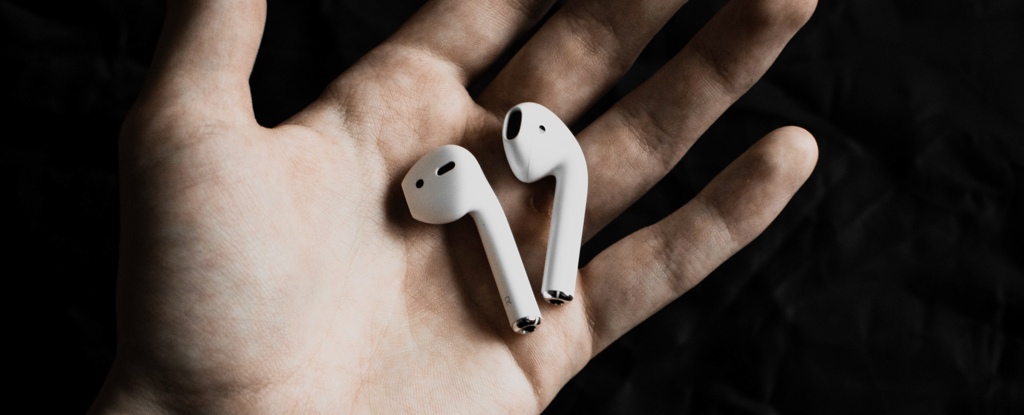Products You May Like
Higher end AirPods have the potential to act as hearing aids for adults with mild to moderate hearing loss, according to new research that put the Apple-made earbuds up against traditional hearing aids in a series of tests.
The findings could transform the lives of millions of people who don’t currently make use of hearing aids they need, because of the high cost or because of the social stigma that comes along with them – two issues that don’t apply so much to consumer earbuds.
“These wireless earbuds are of course not perfect, but they would be a good starting point for many patients who don’t have access to professional hearing aids,” says otolaryngologist Yen-Fu Cheng, from the Taipei Veterans General Hospital in Taiwan.
“They will see an increase in quality of life even with these earbuds.”
For the purposes of the study, 21 participants with mild to moderate hearing loss were tested with premium hearing aids (costing US$10,000 on the Taiwanese market), basic hearing aids (US$1,500), AirPods Pro earbuds (US$249) and AirPods 2 (US$129). The AirPods were linked to Apple iPhones, which had an environmental noise amplifier app called Live Listen installed.
Short sentences were read out to the volunteers, who were then asked to repeat them back.
In noisy environments, if the noise wasn’t coming from in front of the hearer, the AirPods Pro was shown to be comparable in performance to the premium hearing aids. In quiet environments, the AirPods Pro fared slightly worse than premium hearing aids, and about as well as the basic hearing aids.
The basic AirPods 2 wasn’t as good as the hearing aids in quiet or noisy scenarios – but they were better than nothing at all. In noisy environments, when the noise source was in front of the volunteers, neither model of AirPods helped participants hear better.
While both the AirPods 2 and the AirPods Pro feature the Live Listen technology that amplifies sounds, only the Pro model has active noise cancelation, which detects and blocks out some external sounds. This may help to explain the discrepancy between the two sets of wireless earbuds.
“Two reasons may account for the difference between the two scenarios,” says bioengineer Ying-Hui Lai, from the National Yang Ming Chiao Tung University in Taiwan. “It may relate to the trajectories soundwaves travel with, as well as the advanced signal processing algorithm by premium hearing aids.”
“This finding will hopefully inspire engineers to design hearing aids and personal sound amplification products that are more sensitive in certain directions.”
Aside from the high price of professional hearing aids, wearers can worry that they make them appear old. They also require multiple visits to health professionals for fitting and tuning. As a result, as many as 75 percent of people in the US with hearing loss don’t use these aids.
Wireless earbuds are a more accessible alternative, and their numbers are growing: Everyone from Google to Samsung to Sony makes a pair of wireless earbuds, with extra features being packed in with every update to these products.
The researchers think that their work could actually encourage manufacturers to include features to help those with hearing loss, as well as features to improve the sound of music and podcasts. However, it would be important to introduce some kind of regulatory procedure for labeling those earbuds that would help and those that wouldn’t.
“Globally, the wireless earphone market is growing rapidly,” says Lai. “Some companies are interested in exploring the possibility of designing earbuds with sound amplification features. Our study proves that the idea is plausible.”
The research has been published in iScience.
